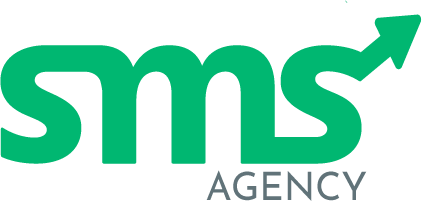Set up Google Business Profile
Show up in local searches and Google Maps when customers look for businesses like yours. This is your digital storefront that appears in local search results.
Why This Matters
Google Business Profile is free and can increase your local visibility by up to 70%. It's often the first thing customers see when searching for local businesses, and 46% of all Google searches are looking for local information. In 2025, Google has enhanced GBP with new features like product catalogs, appointment booking, and AI-powered customer insights.
Step-by-Step Instructions
- Go to business.google.com and click "Manage now"
- Enter your business name exactly as it appears on your storefront or official documents
- Add your complete business address (be consistent across all platforms)
- Choose your primary business category (be specific - "Italian Restaurant" not just "Restaurant")
- Add your phone number and website URL
- Verify your business via postcard, phone, or email (postcard is most common)
- Upload high-quality photos: storefront, interior, products, team (at least 5-10 photos)
- Write a compelling business description using relevant keywords naturally
- Add your business hours, including holiday hours
- Enable messaging if you want customers to contact you directly
Pro Tip
Post regular updates (weekly is ideal) and respond to reviews within 24 hours. Google rewards active profiles with better visibility in local search results. Also, ask satisfied customers to leave reviews!
